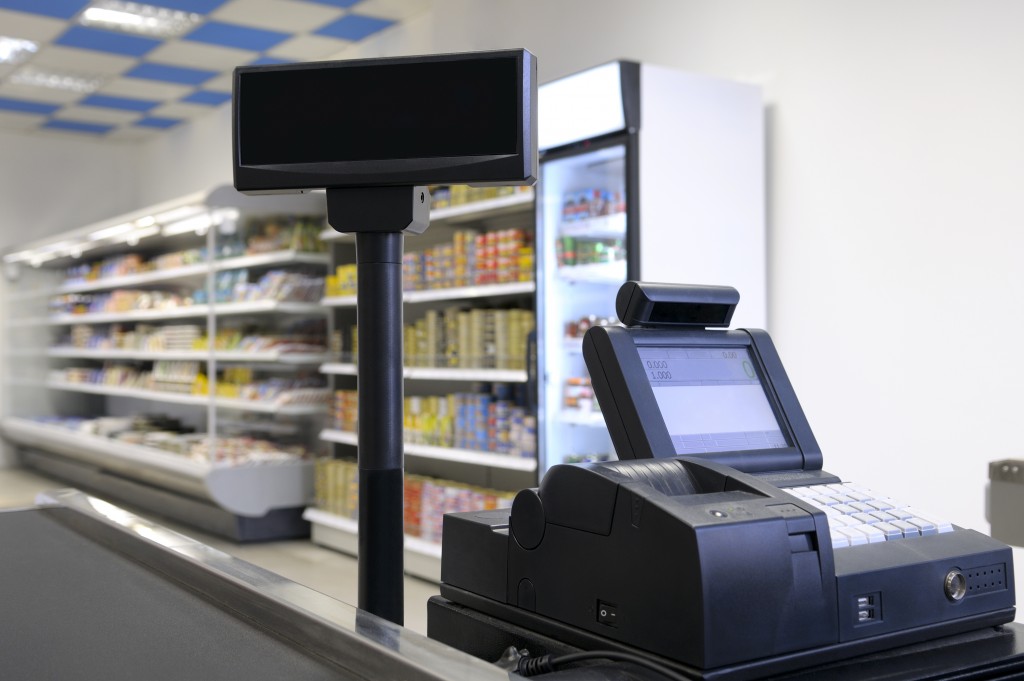- Businesses lose substantial revenue due to inefficiencies, including poor office design, necessitating changes for improved efficiency.
- Problematic designs include open-plan offices, poor lighting, uninspiring color schemes, and poorly designed workspaces.
- Breakout areas are vital for employee relaxation and informal collaboration, a lack of which can hamper productivity.
- Efficient office designs integrate commercial design, flexible workspace solutions, and elements of nature for improved productivity.
- Investing in efficient office design can significantly enhance business success by boosting employee productivity and morale.
The office is the heart of any business. It is where ideas are born, decisions are made, and work is done. However, office designs can have a huge impact on the productivity and efficacy of employees. Some designs can lead to business inefficiencies and cost the company money in the long run. Identifying these designs and making necessary changes is essential to ensure maximum efficiency. Here’s what you need to know about business inefficiencies, some office designs that can affect your business efficiency, and the best office designs to improve efficiency.
Business Inefficiencies Today
Due to inefficiencies, businesses lose about 20% to 30% of their revenue annually. Several things, such as bad management decisions, inefficient processes, and inadequate office designs, can cause these. Businesses must identify these inefficiencies and take corrective action to maximize profits.
Office Design Influences Efficiency
The design of an office has a significant impact on its efficiency. Here are some terrible office designs that can lead to inefficiencies.
1. Open Plan Office
Open-plan offices have become increasingly popular in recent years. They are supposed to encourage collaboration and break down barriers between employees. However, they can lead to a lack of privacy and increased noise levels. This can make it difficult for employees to concentrate and get work done. Workers may also feel uncomfortable with the constant exposure and lack of personal space. This can lead to feelings of stress and anxiety that can impact productivity.
2. Poor Lighting
Lighting plays a critical role in office design. Poor lighting can lead to headaches, eye strain, and fatigue. Dim lighting can make it difficult for employees to see correctly and increase the risk of accidents. Harsh lighting, on the other hand, can lead to glare and discomfort. Natural lighting is always the best option as it is easier on the eyes and has a calming mental effect.

3. Lack of Color
The color scheme of an office can have a significant impact on productivity. Dull and uninspiring colors can make employees feel disengaged and demotivated. Bright colors can stimulate the mind and improve creativity. Green has been found to have a calming effect, while blue can improve focus. An office that is colorful and vibrant can energize employees and lead to increased productivity.
4. Poorly Designed Workspaces
Furniture, layout, and ergonomics are all important factors that contribute to the design of an office. Poorly designed workspaces can lead to discomfort, pain, and injury. This can impact productivity and lead to increased absenteeism. Ergonomic furniture and quality chairs are essential to maintaining a comfortable and safe workspace. Ensuring a workspace is organized and free from clutter is also important to avoid unnecessary distractions.
5. Lack of Breakout Areas
Breakout areas are essential for employees to take a break from work and recharge. They provide a space for informal meetings, brainstorming sessions, and relaxation. Lack of these areas can lead to employees feeling trapped and stuck in their workstations. This can lead to decreased creativity and innovation. Breakout areas can also help employees build stronger peer relationships, leading to increased collaboration and communication.
Best Office Designs For Better Efficiency
Some office designs can improve the efficiency of your business. Here are three options:

Commercial Design
One of the best designs for improved efficiency is commercial design. This involves using modern furniture, tasteful decor, and open spaces. It combines functionality with aesthetics to create an inviting and productive workspace. Commercial designs often include ergonomic furniture to promote comfort and reduce fatigue. Natural lighting can also be included to improve visibility, focus, and concentration. Contact a local commercial architectural design service and ask for a quotation. They can help you design a modern and efficient office.
Flexible Workspace Solutions
Flexible workspace solutions are becoming increasingly popular. This involves using desks, chairs, and monitors that can be adjusted to fit individual needs. Employees can customize their workspaces according to their size and comfort levels. This allows them to work more comfortably and efficiently. It also reduces the amount of space needed and encourages collaboration among workers. Several companies are offering flexible workspace solutions. Find one that fits your budget and requirements.
Incorporate Nature
Incorporating nature into office design can improve efficiency in many ways. Plants provide a calming effect and help reduce stress levels. They also act as natural air purifiers, increasing oxygen levels in the environment. Utilizing natural light is also important for increased concentration and focus. Installing windows or skylights can help bring in natural light while reducing the need for artificial lighting. Incorporating nature into your office design can make employees feel more relaxed and productive.
Creating a great office design is vital to improving business efficiency. Identifying terrible designs is essential. Replacing them with commercial designs and incorporating nature can help increase efficiency. Investing in an efficient office design will save you money in the long run and make it easier for your employees to work productively. The right office design can be a powerful tool for success!

